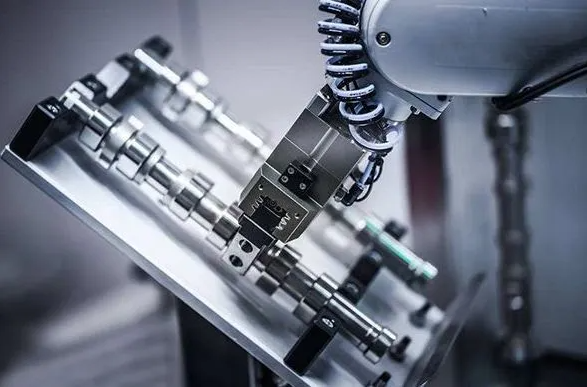What are the advantages of cnc machining in the architecture industry?

CNC machining offers numerous advantages in the architecture industry, significantly enhancing the design and construction processes. First and foremost, CNC machines operate with high precision, allowing for intricate designs and complex geometries to be produced with exact measurements. This accuracy minimizes errors, ensuring that components fit together seamlessly in the final structure. Additionally, CNC machining dramatically improves production efficiency; once a design is programmed, multiple parts can be produced quickly and consistently. This streamlining of the fabrication process accelerates project timelines, enabling architects to implement complex and unique designs without extensive delays.
Moreover, CNC machining is versatile and can work with a wide range of materials, including wood, metal, plastic, glass, and composites. This versatility allows architects to select materials based on aesthetic preferences, structural requirements, and budget considerations. The precision of CNC machining also leads to minimal material waste, as efficient cutting paths and optimization software ensure that materials are utilized effectively, promoting sustainable practices. Consistency and reproducibility are additional benefits, as CNC machines produce identical components with uniform quality, which is crucial for large-scale projects. Furthermore, the seamless integration of CNC machining with digital design tools enhances productivity, allowing architects to efficiently transfer designs from CAD software to CNC machines.
Finally, CNC machining enhances safety by automating the machining process, thereby reducing the need for manual labor in potentially hazardous environments. This minimizes human error and exposure to dangerous tools, leading to a safer working atmosphere. The ability to quickly produce prototypes allows architects to test and evaluate designs before full-scale production, facilitating early issue identification and design refinement. Although the initial investment in CNC machinery can be significant, the long-term savings from reduced labor costs, decreased material waste, and faster production times make CNC machining a cost-effective solution for architectural fabrication. Overall, CNC machining is revolutionizing the architecture industry by providing precise, efficient, and flexible solutions to modern design challenges, enabling architects and builders to push creative boundaries and create innovative, high-quality structures that meet contemporary standards.
- Art
- Causes
- Crafts
- Dance
- Drinks
- Film
- Fitness
- Food
- الألعاب
- Gardening
- Health
- الرئيسية
- Literature
- Music
- Networking
- أخرى
- Party
- Religion
- Shopping
- Sports
- Theater
- Wellness
- Travels

